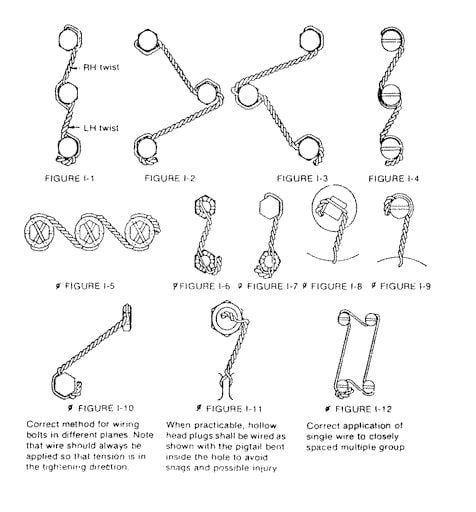msii
Mechanical
- Nov 1, 2017
- 44
Hi all,
We have an unbalenxed vibrating exciter for a vibrating screen and require to know what bolt torque is required to fasten the vibrating motor to the screen frame?
Considering the point that the motor is an old one and the manufacturer is not available is there any way calculate the required bolt torque based on material of the motor casing and screen and diameter of the bolt?
Known:
Material of screen frame and thickness
Material of motor casing and thickness
Diameter of the fastening bolts and quantities
Excitation force of the motor
Thanks
We have an unbalenxed vibrating exciter for a vibrating screen and require to know what bolt torque is required to fasten the vibrating motor to the screen frame?
Considering the point that the motor is an old one and the manufacturer is not available is there any way calculate the required bolt torque based on material of the motor casing and screen and diameter of the bolt?
Known:
Material of screen frame and thickness
Material of motor casing and thickness
Diameter of the fastening bolts and quantities
Excitation force of the motor
Thanks

